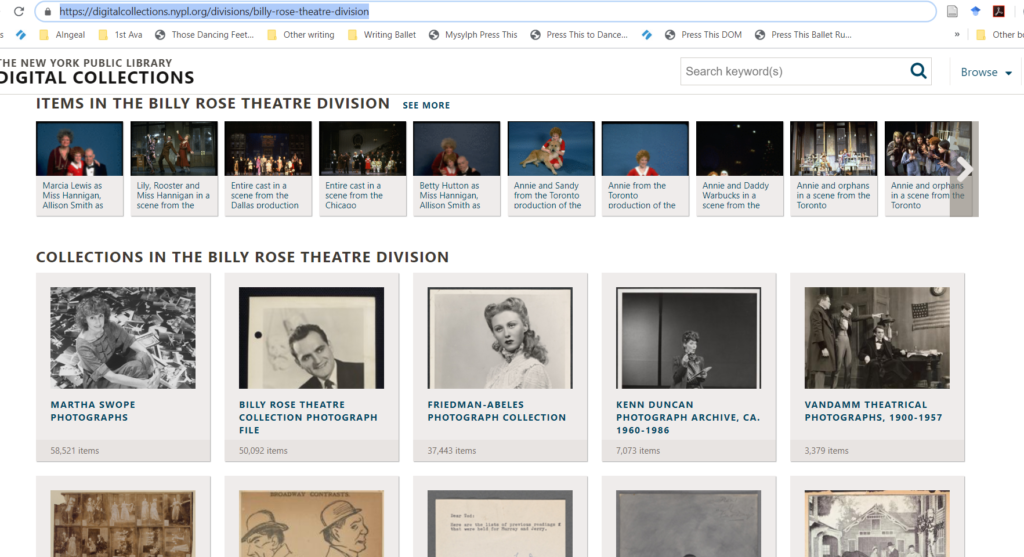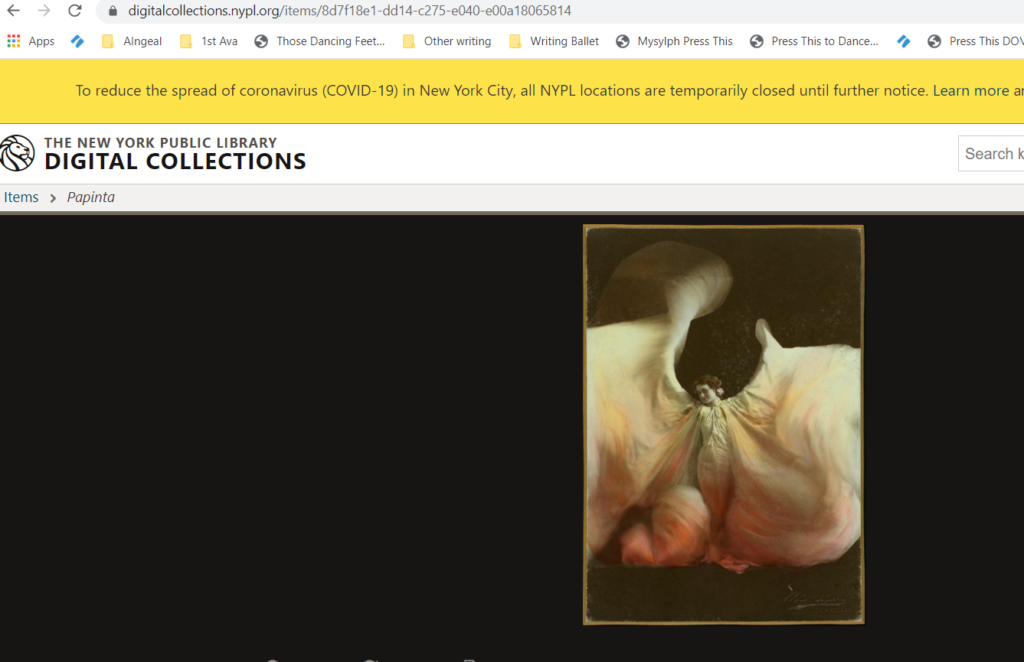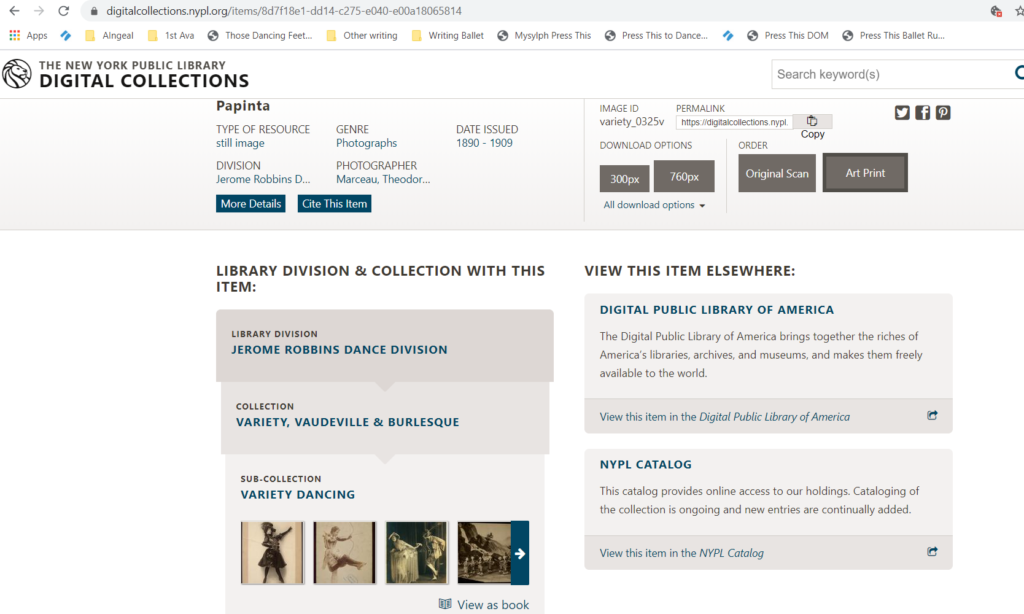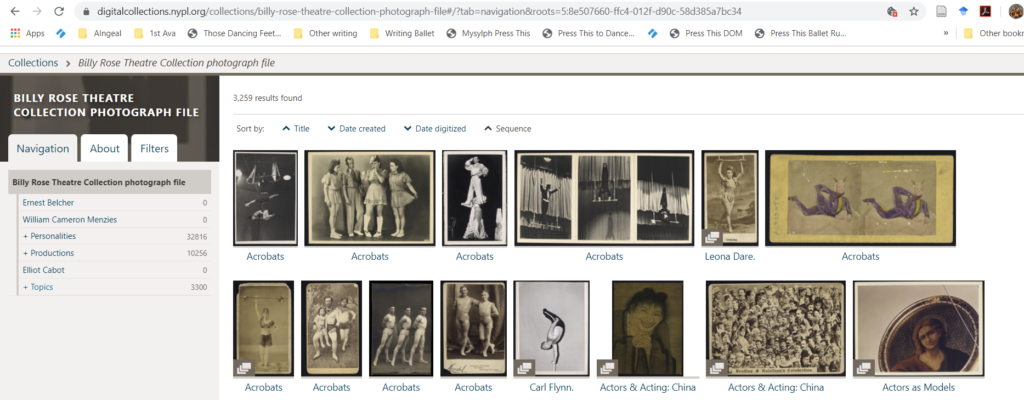As an effort emanating from a graduate class taught by Dr. Gabrielle Foreman at the University of Delaware in 2012, The Colored Conventions Project: Bringing 19th-Century Black Organizing to Digital Life (CCP) is a website that “documents nineteenth-century Black collective organizing and highlights the many leaders and places involved in the convention movement, bringing them to digital life for a new generation of researchers, students and community scholars” (Colored Conventions Project, 2020). In considering the effort from a range perspectives including textual, literary, and media studies, the CCP serves as a model for the emerging field of Digital Humanities, particularly in its mashup of open sourced data that enables public do-it-yourself interpretation and curated content collections that engage the public with academic scholarship. In its combined use of internet media and in-person public research conferences and campaigns, the CCP successfully carries out its commitment to defending the social values and communities the project’s founders and contributors aspire to serve.
Foreman and the project’s co-founders effectively leverage a variety of new media technologies in order to bring about (1) improvements in the institutions of higher education, the humanities, and primary and secondary education; and (2) contributions to the social movements and social policy associated with the issues and social institutions surrounding the experiences and lives of African Americans. As a contribution to academic discourse, Foreman seeks to rebalance and recontextualise the agency of African Americans in the 19th century, arguing that the traditional emphasis on the abolitionist movement, the anti-slavery movement, and the underground railroad overlooks the self-organizing and autonomous efforts of African Americans. By publishing the digitized physical archives of the conventions to the Web, Foreman extends and in certain cases bypasses officially approved curricula and textbook editorial policies governing secondary and primary educational institutions that would otherwise omit the narratives, roles, and impact of African Americans in US history. As a contribution to public affairs and civil society, Foreman situates the digital project in the context of the Black Lives Matter movement and the Southwest Network for Environmental and Economic Justice, thus explicitly aligning the project’s collective efforts with social and political activism, social mobilization, and social movements seeking economic, civil, and human rights, and the dismantling of institutions of racism and exclusion. What makes the CCP innovative and in a certain sense revolutionary is the degree to which the project, through is remediation of media, additionally resocializes the social action of the original subjects through the collective efforts of a team of digital workers–including researchers, archivists, librarians, teachers, and technologists–together with a public network of educators and online participants. It could be argued that such a recursive and generative process of social action parallels and in some sense recapitulates poststructuralist notion of interpretation as re-interpretation and Derrida’s notion of the mimetic nature at the heart of representation and by extension media production (Bolter and Grusin 1999, 53n, 56). The generative social action evident in the CCP additionally confirms Walter Benjamin’s proposition of the emancipatory potential of the technologies of mass media (Benjamin 1968). The CCP demonstrates how a careful curatorial balance between Jay Bolter and Richard Grusin’s notions of immediacy and hypermediacy can utilize artifice without sacrificing authenticity (Bolter and Grusin, 1999).
The CCP effectively leverages the diverse, hybrid, and embedded nature of online digital media. Starting with primary sources from which the digital archive is derived and remediated, the project’s artifacts reference and reflect the thoughts, language, communications, biographies and events connected to formal and organized gatherings of African Americans. Housed in the University of Delaware Library Institutional Repository, the physical artifacts consist of official convention documents for nearly 30 national conventions and over 150 state and regional conventions held between 1830 and 1899 in over 30 states throughout the nation. In addition to the official minutes, proceedings, and reports, the archives contain other primary sources including periodical articles, speeches, letters, transcripts, and images.
In its application of new media technologies, the visual interface of the website consists of a series of exhibits and teaching modules, designed to create for its visitors an online hypermediated museum experience, which includes videos, photographs, narratives and contextual interpretations showcasing and contextualizing the events, individuals, and organizations associated with the conventions. The reach of the website material and data is extended through a social media presence, teaching partnerships, and a variety of public events organized by members of the team. Beyond digital renderings of these primary source artifacts, the website maintains an online database, offering browsing and boolean search tools of all digitized and searchable document images, which is powered by the Omeka open-source content management system for digital collections first released in 2008. Additionally the minutes and proceedings are available as a downloadable plain text and CSV corpus licensed under a Creative Commons 4.0 International License. By making this corpus freely available to the public, the CCP contributes to the expanding initiatives of the movement for Open Educational Resources.
The CCP achieves its remediation of the archive’s artifacts and the resocialization of the colored conventions’ efforts through a team of seventy-nine current and former participants. In addition to executive, advisory, and general administration roles, the construction and ongoing development of the website and its associated programs and activities involve committees and roles related to communications, curriculum, databases, digital archives, digital exhibits, digital visualizations, grants, graphic design, meeting minutes, photography, research, social media, strategic planning, teaching partners, and website editing. While the digital project does not attempt to recreate conventions virtually or revitalize the specific goals of the conventions themselves, it nonetheless carries forward the social values and aspirations of the convention organizers and participants. In its embrace of the intrinsically collaborative nature of digital and visual media, the CCP affirms Kathleen Fitzpatrick’s notion following Roland Barthes that the individual voice is never fully alone (Fitzpatrick 11). The incorporation and sponsorship of public research activities illustrated by crowdsourced transcribe-a-thons and public searches for missing documents additionally affirms Fitzpatrick’s assertion that “technologies and cultures are mutually determining and thus must evolve in concert” (62), confirming the view that social life is neither technological determined by new digital media nor driven entirely by non-technical social action.
The data provided by the downloadable corpus, which consists of the text of the minutes of the conventions, along with the search functions offered through the Omeka online search interface, enables computer literate individuals with access the Internet the ability to undertake do-it-yourself research which resocializes the self-organizing empowerment the conventions themselves promoted, encouraged, and achieved. As Samantha de Vera observes in researching convention minutes for information about black women’s moments of resistance, social conditions, and the intersection of sexism and racism, many clues about the social contexts surrounding the conventions serve as a point of departure for further investigation (de Vera, 2018). The CCP thus represents a freely accessible resource for professional and non-professional researchers and demonstrates how generative digital technologies and data create opportunities to replicate learning and collective organizing in civil society at large.
While the CCP’s multimedia content (its diversity of media formats) and multimodal content (its diversity of modes of interaction) support Marshall McLuhan’s notion that “the ‘content’ of any medium is always another medium”, its greatest significance argues against McLuhan’s proposition that the “medium is the message” (McLuhan, 1964). McLuhan’s emphasis on the speed and scale of media as the determining characteristic does not correspond to the difference between the CCP as a digital project in contrast with its physical archives. Without the digital archives, the CCP would reach a world wide audience through traditional print publishing channels. The fact that the CCP is in the process of publishing a forthcoming print volume of the archives testifies to the value of technology regardless of speed or scale. Instead the CCP points to the socially transformative potentiality of media that Walter Benjamin identified for the role of film and photography (Benjamin 1968). Media reinforce each other and serve as conduits for transmitting and resocializing social values as the end point of symbolic mediation, picking up additional meaning with each mediation that may contradict authorial intention and values but cannot entirely subvert them.
The CCP and other online digital projects offer rich spaces for problematizing the the role of technology in global cultures and political economies. More specifically they provide the Digital Humanities case studies through which to theorize how we might disentangle the labor process in New Internet Media from their commodification in market dominated societies. Such an analysis might point to the critical importance and emancipatory nature of the Internet and digital media that might help accomplish what the Russian-American anarchist Emma Goldman called “a fundamental transvaluation of values. A transvaluation not only of social, but also of human values”, transforming “the basic relations of man to man, and of man to society” (Goldman 1924; Graham 2020).
Works Cited
Benjamin, Walter. 1968. Illuminations: Essays and Reflections edited by Hannah Arendt. New York: Houghton Mifflin Harcourt.
Bolter, J. David and Richard Grusin. 1999. Remediation: Understanding New Media. Cambridge: The MIT Press.
de Vera, Samantha. 2018. “‘We the Ladies …. have been deprived a voice’: Uncovering Black Women’s Lives through the Colored Conventions”, Archive 19: Interdisciplinary Studies in the Long Nineteenth Century, 27.
Fitzpatrick, Kathleen. 2011. Planned Obsolescence: Publishing, Technology, and the Future of the Academy. New York: NYU Press.
Goldman, Emma. 1924. My Further Disillusionment with Russia. Garden City, NY: Doubleday, Page & Company.
Graham, Robert. 2020. Anarchism: A Documentary History of Libertarian Ideas. https://robertgraham.wordpress.com/2015/05/11/3796/.
McLuhan, Marshall. 1964. Understanding Media: The Extensions of Man. New York: McGraw Hill Education.
The Colored Conventions Project. 2020. Colored Conventions Project. https://coloredconventions.org/.
Southwest Network for Environmental and Economic Justice (SNEEJ). 1996. Jemez Principles for Democratic Organizing. Jemez, New Mexico. https://www.ejnet.org/ej/jemez.pdf.















